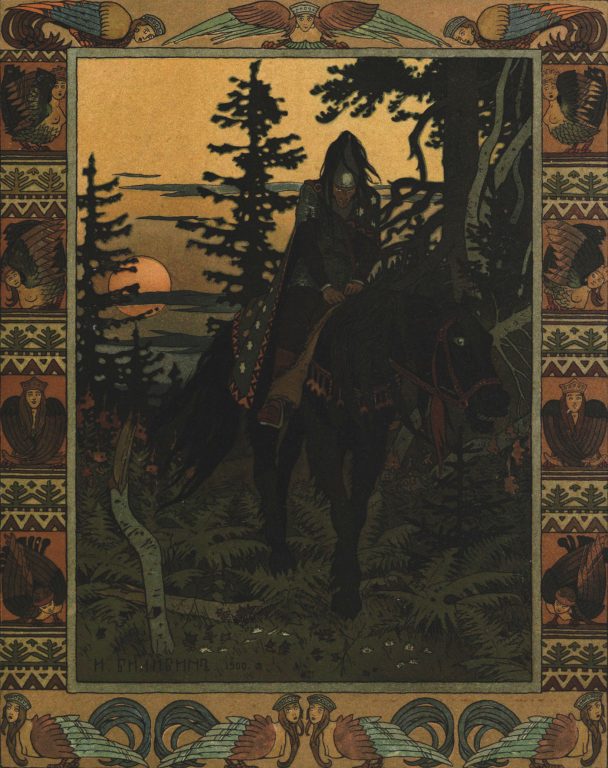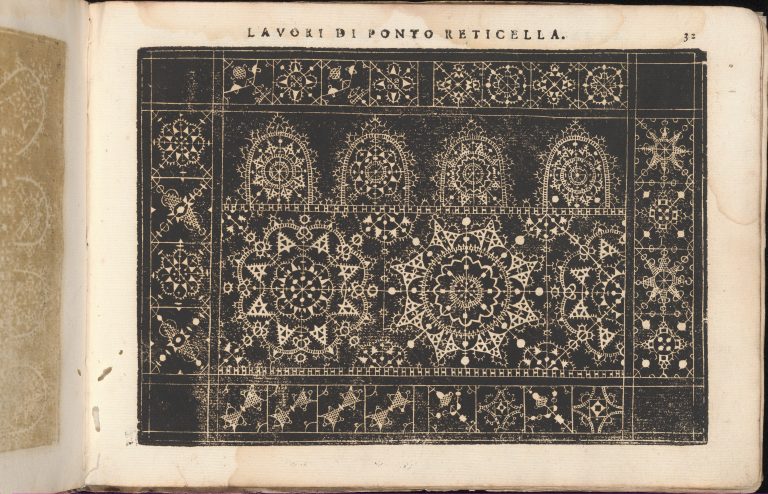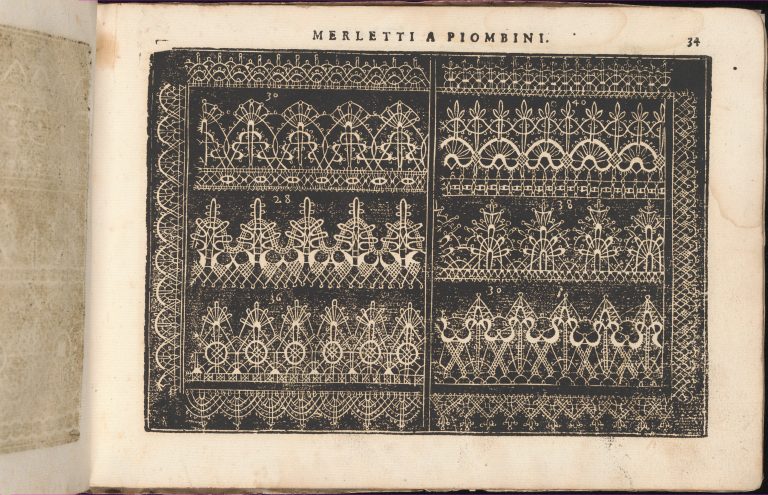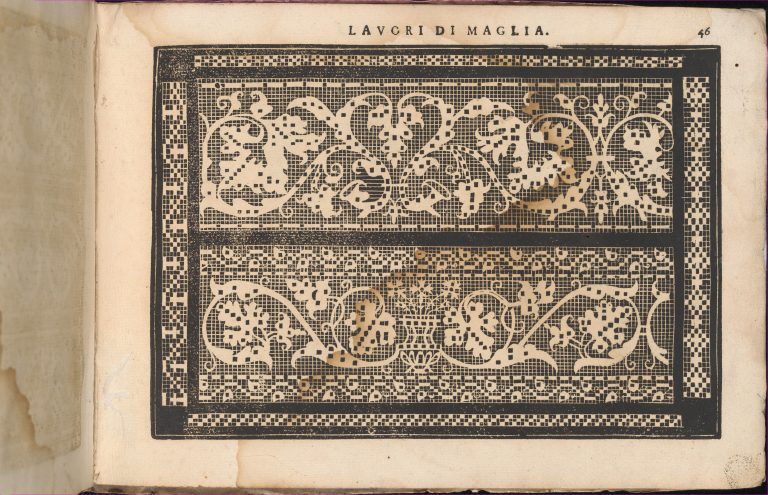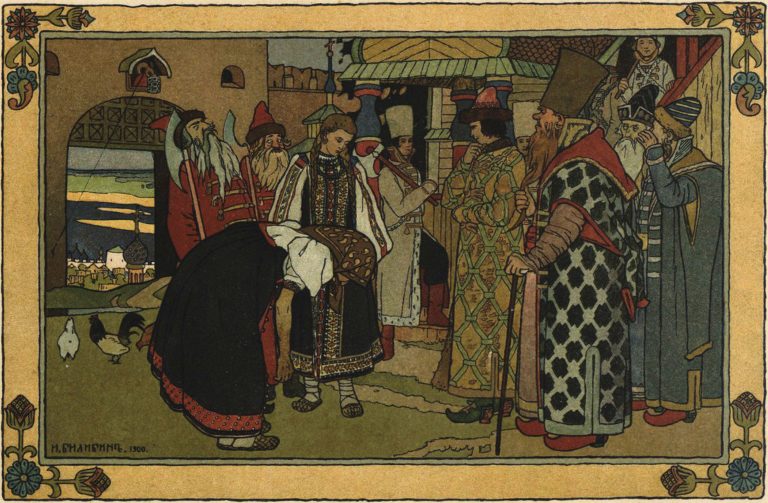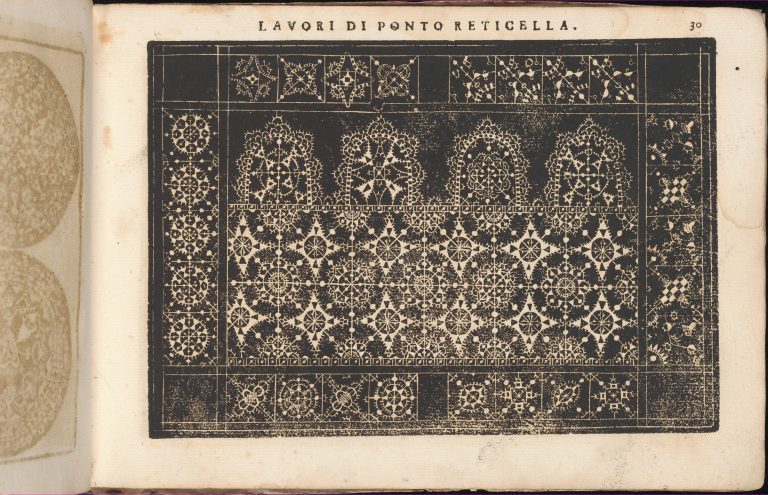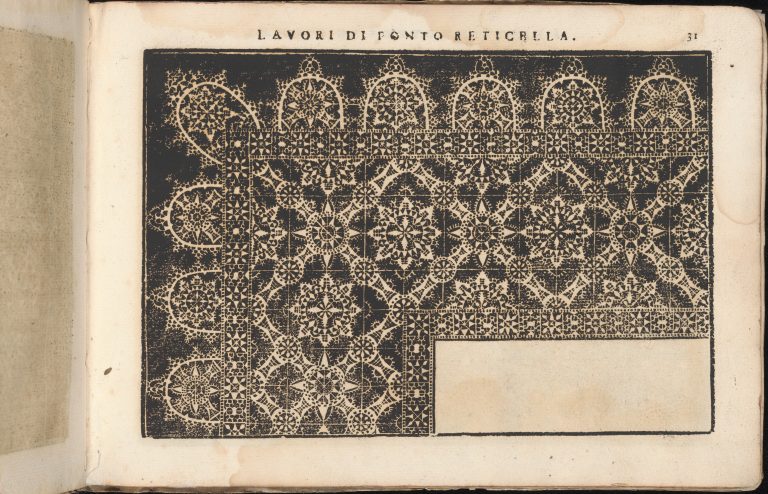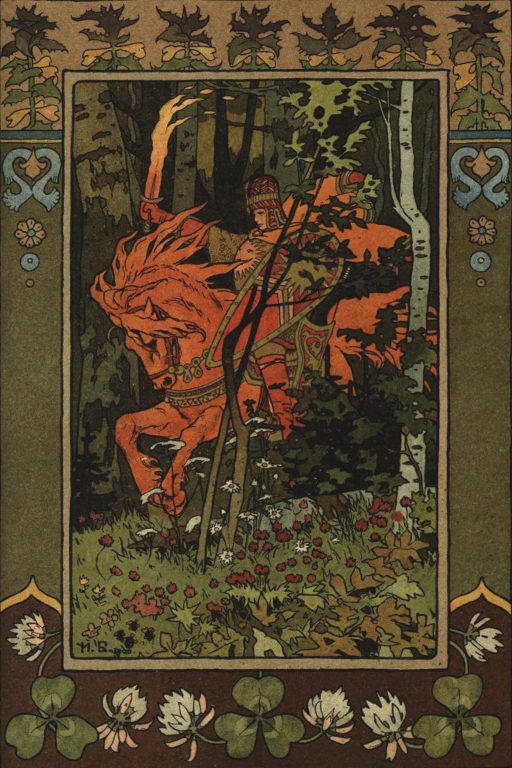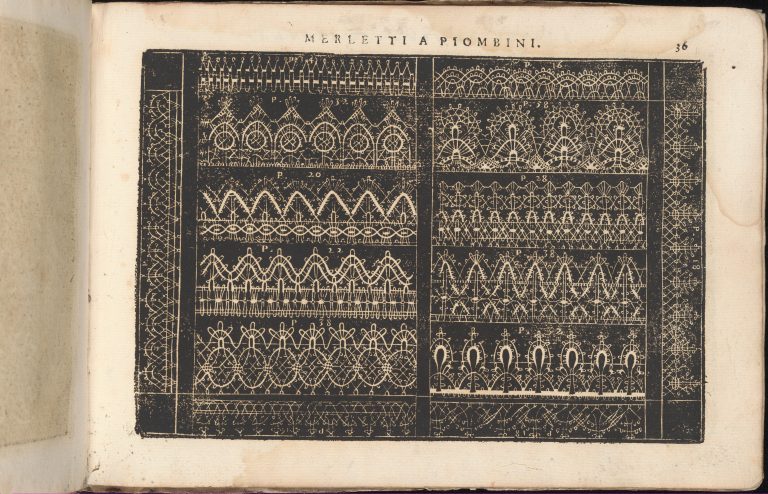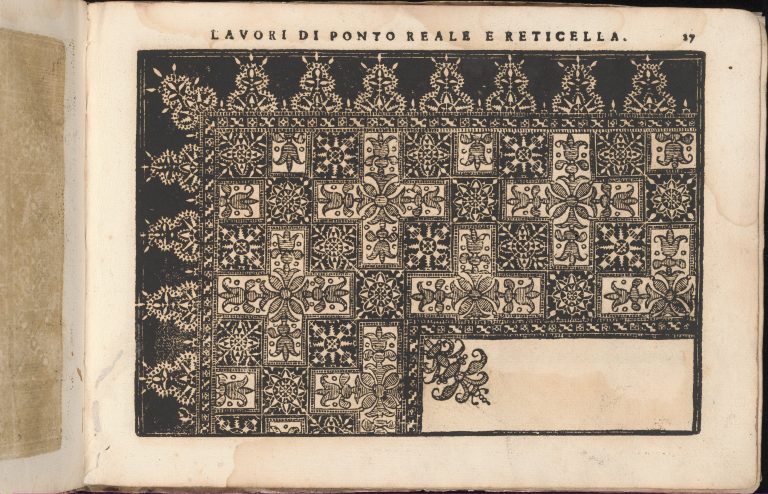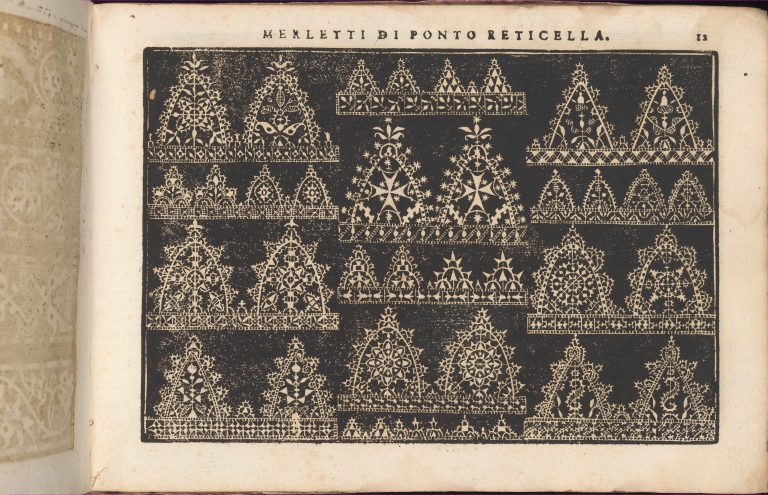
early 19th century

Iran
Object qualities
-
Objectillustration: Non-illustrated manuscript
-
Type of arts & crafts
-
MediumManuscript: Ink, opaque watercolor, and gold on paper Binding: pasteboard; painted and lacquered
-
Size3 15/16 x 2 1/2 in. (10 x 6.4 cm)
-
Geography detailsAttributed to
Iran -
Country today
-
Dateearly 19th century
Source of information
-
Type of sourceDatabase “Metropolitan Museum of Art”
-
Fund that the source refers toMetropolitan Museum of Art
Description
-
Notes in the front of this tiny Qur’an, copied in ‘ghubar’ script, state that it was originally given to the Qajar emperor Fath ‘Ali Shah (reigned 1798–1834) so that he could carry it in his pocket at all times. In 1809 it was presented to Fath ‘Ali Shah’s grandson, Prince Tahmasp Mirza, on the occasion of his birth. The note states that the Qur’an was copied by the late ‘Abd Muhammad ‘Ali. The Qur’an is lavishly illuminated and bound into a lacquer binding signed by ‘Ali Ashraf, a mid-18th–century lacquer painter, suggesting that the binding and the text block may not have been produced at the same time.






